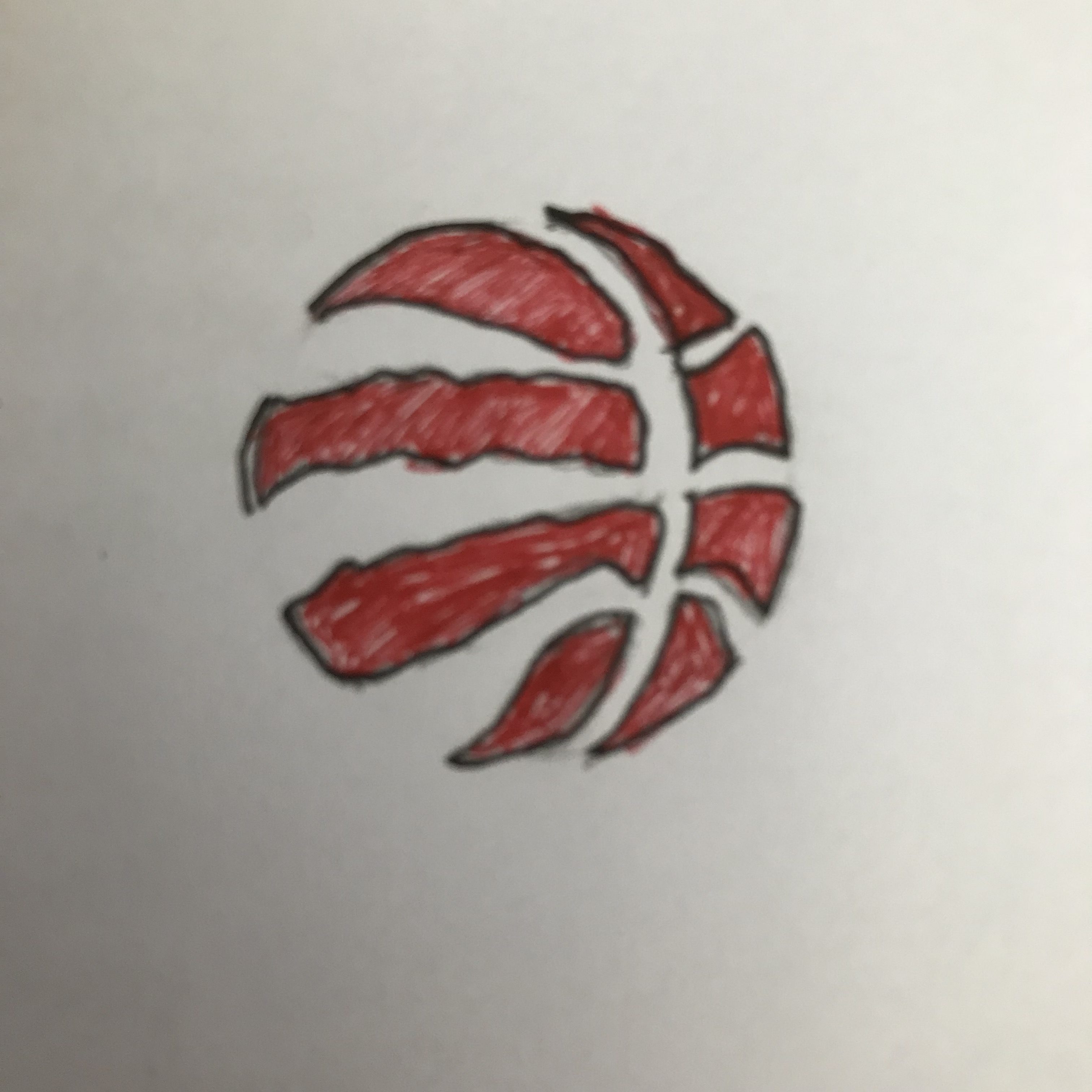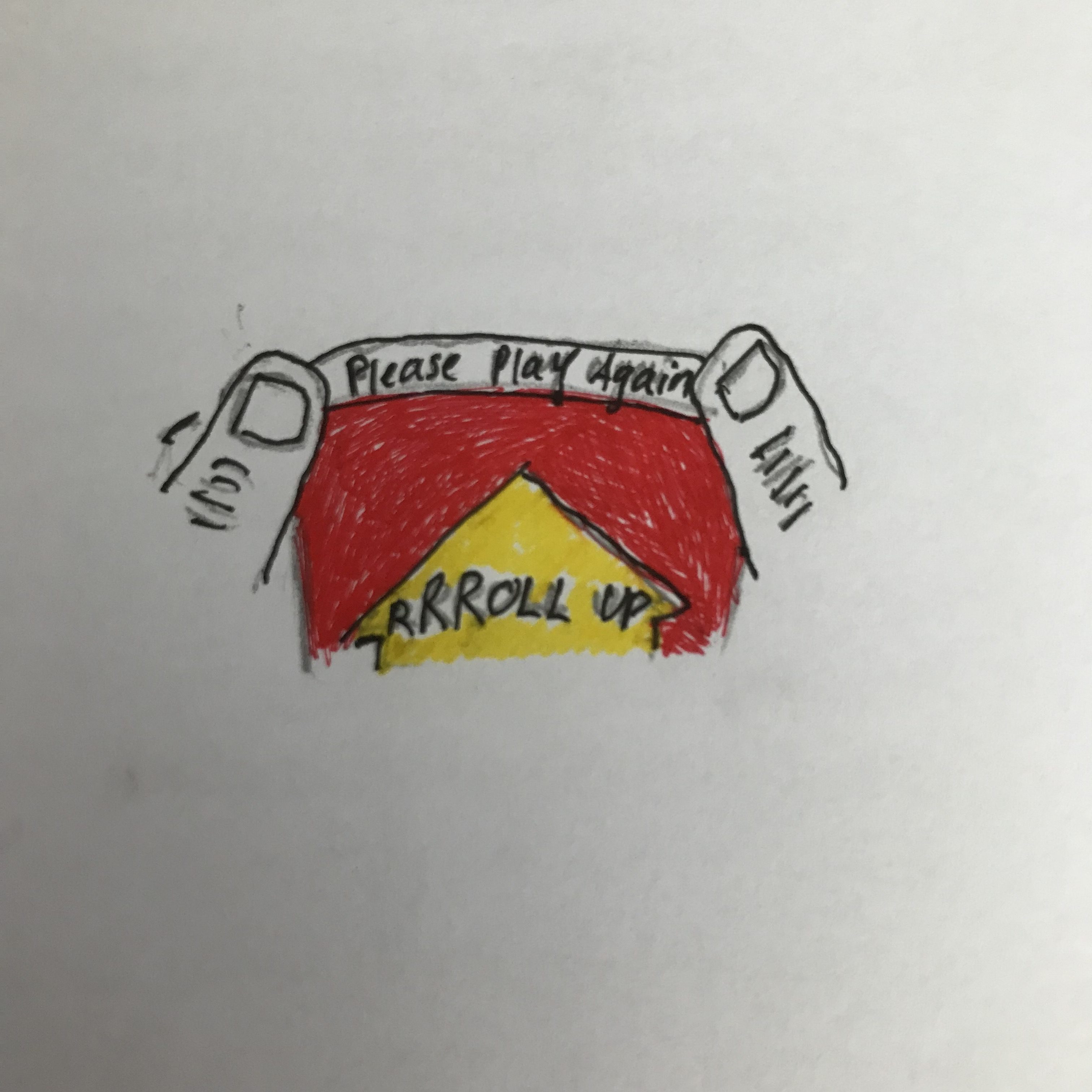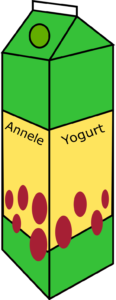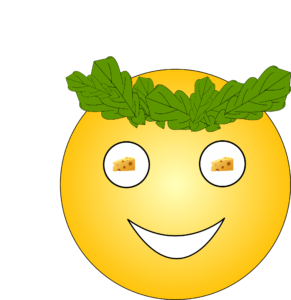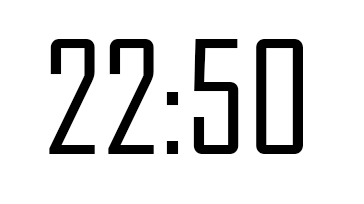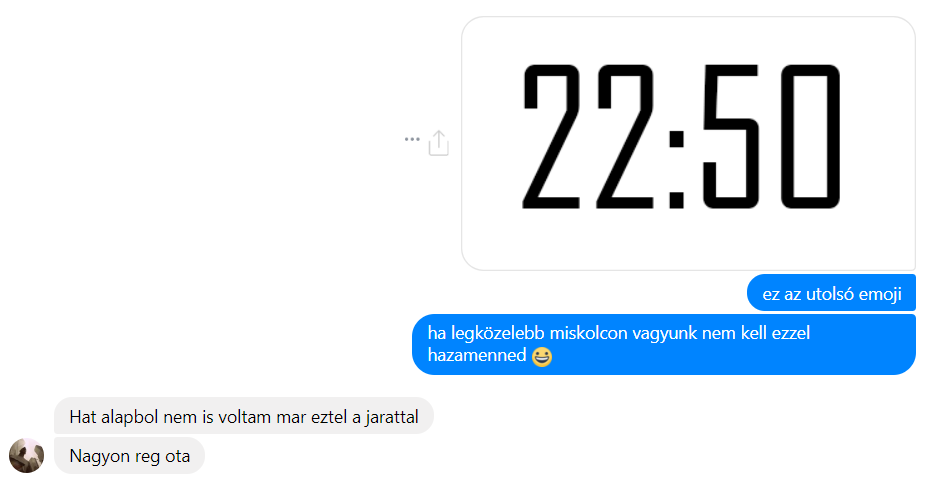First, I would like to briefly explain what communication technology signifies to me in the context of this assignment. Although in general I subscribe to the idea of Technological Determinism as a view of technology driving the development of society, for the purpose of this assignment (and eventually my paper) I find that definition of technology limiting. Hence, I looked at technology as any means of progress by any tool that is present in the daily lives of people that helps them achieve a task, namely the propagation of an idea/message through a medium – “communication”.
Idea 1: Cyrillic Alphabet, invented around 940 in First Bulgarian Empire

The first thing that came to mind when thinking about pre-modern communication methods and technologies emerging in Bulgaria was the most obvious and omnipresent part of the national identity – the language and its alphabet. The Bulgarian language has been written down in Cyrillic script since the 10th century, shortly after The Cyrillic script was created at the Preslav Literary School, derived from the Greek uncial script letters, augmented by ligatures and consonants from the older Glagolitic alphabet for sounds not found in Greek. Cyrillic was formalized either by Saints Cyril and Methodius or by their disciples in the late 890s. The purpose behind the creation of a new script was primarily for religious purposes, as the Church was the driving force behind education, art, and science at that time. The Cyrillic script was more suitable for church books as it better captured the sounds of verbs and nouns in the Bulgarian language, which did not exist in Greek and could not be captured using the Greek alphabet or the Glagolitic alphabet.
The emerge of the Cyrillic script had a profound effect on the Bulgarian history and arguably on the existence of the nation in present day. The Cyrillic alphabet was used to write down pieces of the Bulgarian folklore and tradition that were hitherto transmitted either verbally or written down using foreign languages and/or the script of foreign languages. Having an alphabet that directly related to the national language strengthened the sense of a nation and protected the culture from foreign influences. The crux of its importance was during the period when Bulgarian territories were under Ottoman Empire rule, when a foreign culture, religion, and language were forced on the local population, which was grappling for a hold of its own identity, religion, and tradition. The Cyrillic script helped the effective (and permanent) communication of all those nation-defining aspects from one region to another, and from one generation to another. Last but not least, the Cyrillic is the basis of alphabets used in many of the languages with Orthodox Slavic origin, and non-Slavic languages influenced by Russian as well. As of 2011, around 252 million people in Eurasia use it as the official alphabet for their national languages, according to population data sources on Wikipedia.
Idea 2: Canon gun fire as communication signals in 19thcentury Bulgaria

Language and script are one of the foundational means of communication, that in fact differentiate man from the rest of the animal kingdom. One of the premises of verbal communication is that it is universal, or at least understood by multiple parties with a certain level of precision and unambiguity. There are situations in life, however, that necessitate the ability to transmit a message from one party to another with a level of secrecy that protects the meaning of the message from becoming known to parties for whom it was not intended. This concept has been critical historically in transmitting messages during wars and is equally important in the present day with issues of privacy and secrecy of data in the digital era. However, the ability to send messages that convey meaning only to an intended audience was key in the April Uprising in Bulgaria in 1876. One way to do so was through auditory signals, namely the sound of canon gun firing.
To understand the importance of canon guns in Bulgarian culture and history, one must understand the cultural and geographic circumstances around it. The geography of Bulgaria is dominated by mountains and forests. This fact was used as an advantage to rebellion groups and defense groups during the uprisings against Ottoman occupation. In simple terms, the ancient trees in the forests provided material for making canons easily, while the mountain ranges provided acoustic environment in which sound propagated far and loud. Hence, a canon gun fire became a viable method for relaying a message across villages and among different rebellion groups hiding in the forests. There were a set of parameters that were mutually agreed upon prior to such a communication. For example, the number of fires could have a meaning, or the time of the day (hour and minute) could indicated different things.
The practice of firing canon guns as communication method became prevalent and iconic for that period of Bulgarian history, so much that it became a premise for one of the most famous Bulgarian novels – “Under the Yoke” by Ivan Vazov, as well as part of many traditional celebrations in Bulgarian culture nowadays, such as weddings and marches.

















